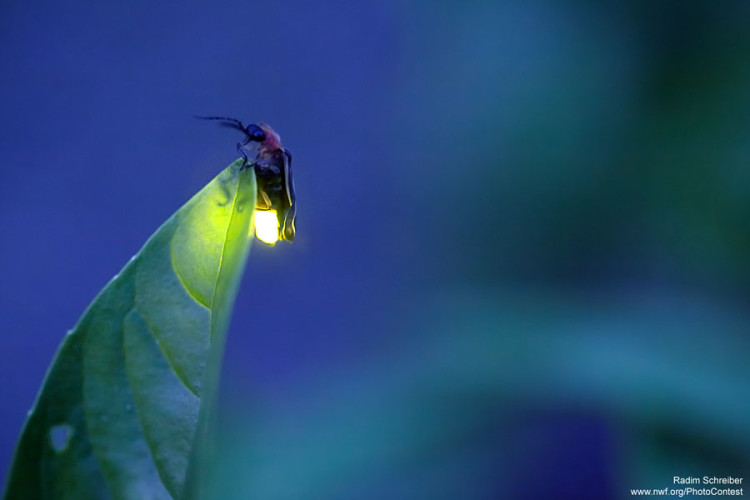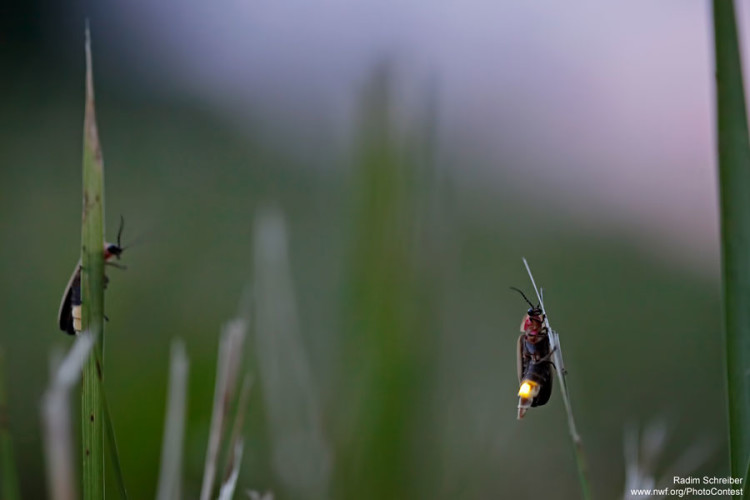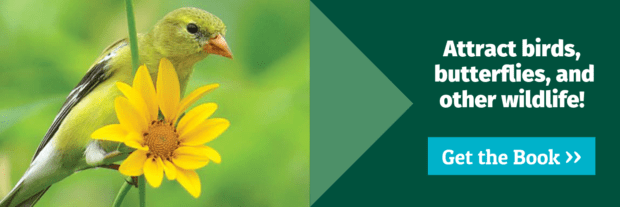We have much more to do and your continued support is needed now more than ever.
Fireflies!
The weather’s warm and the kids are on summer vacation, which means it’s the perfect time to get outside and encounter the insect icon of summertime: the firefly.

Did you know?
- Fireflies are actually beetles, not flies. Lightning bug, their other common name, is also inaccurate since true bugs are their own order of insects, distinct from beetles.
- Fireflies create their “fire” by mixing oxygen with chemicals called luciferin and luciferase in their abdomen, which creates light without any heat. A candle flame of the same brightness is 80,000 times hotter than the glow of a firefly.

- Each species has a unique flash pattern, which they use to attract mates. Males flash in the air and females flash back from the ground or the vegetation.
- The species Lucidota atra doesn’t flash because it is active during the day. It attracts mates by using pheromones.
- Firefly larvae glow too and are often called “glow worms.” Even the eggs of some species glow.
- Most species of firefly spend the winter in larval form in the soil or in rotting logs, emerging in the late spring as winged adults ready to start flashing and looking for mates.
- Firefly larvae are carnivorous, feeding on slugs, worms, and other soft-bodied invertebrates around streams and ponds.
- As adults, some firefly species feed on nectar, and some don’t feed at all, but female Photuris pensylvatica fireflies mimic the flashes of female Photinus pyralis fireflies. When a Photinus male approaches looking for a mate, the female Photuris devours him!
Become a Firefly Watcher
Looking at lightning bugs is a great summer activity, and your observations can help scientists track the fate of these insects. You can create firefly habitat and attract these bioluminescent insects to your own yard by creating a natural garden with our Native Plant Collection.
























